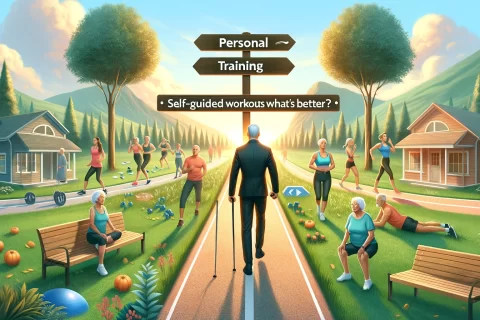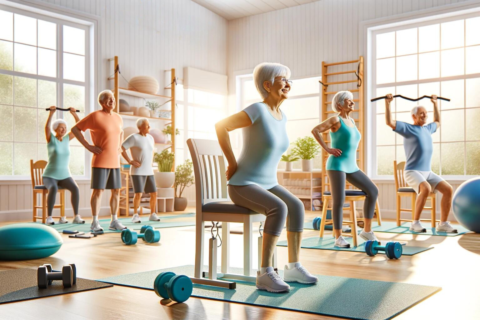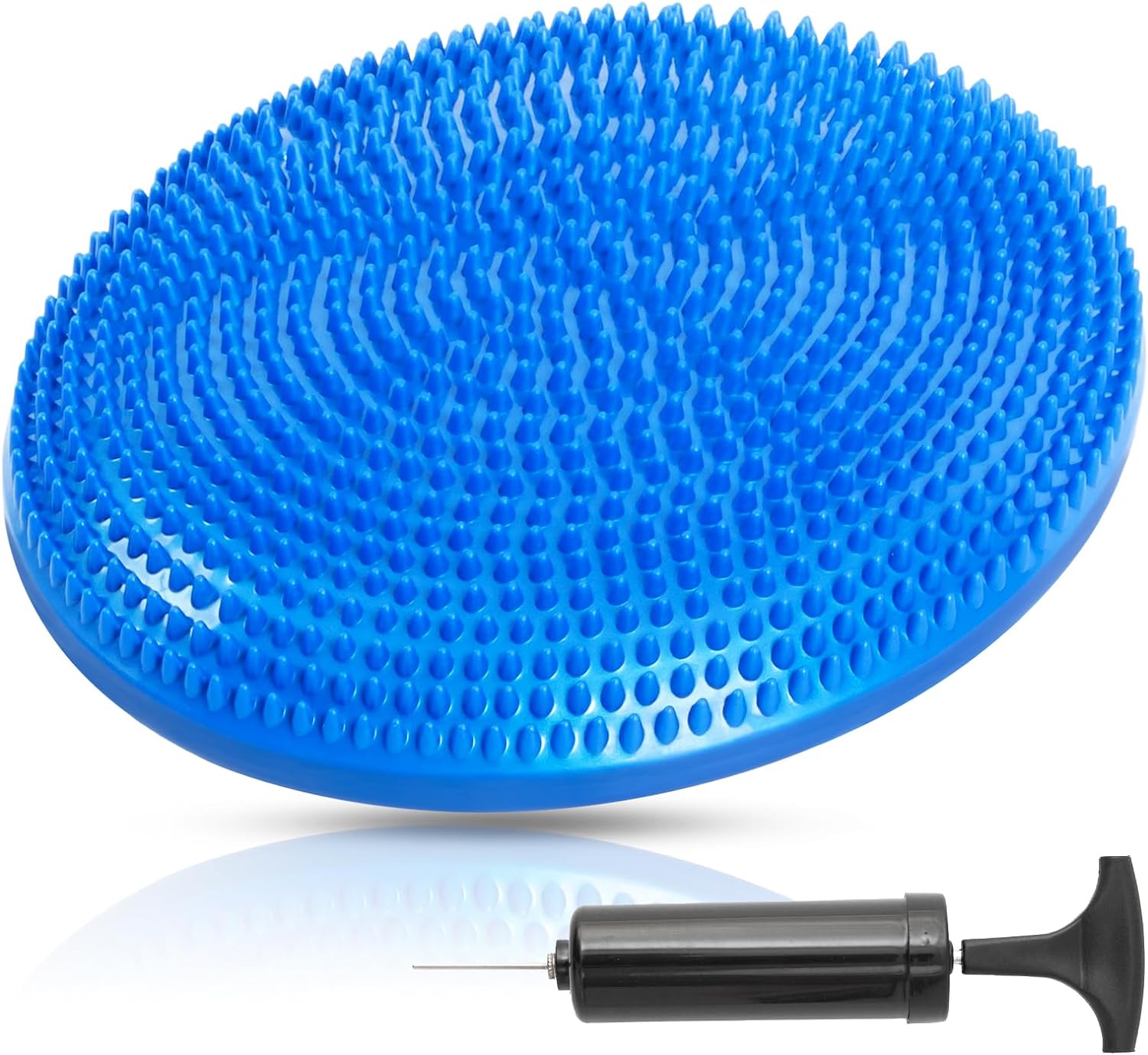Navigating the landscape of aging is not just about adding years to life, but also life to those years. For many seniors, managing old age chronic diseases becomes a part of daily routine. From heart disease to Alzheimer’s, these conditions can profoundly impact one’s golden years. However, knowledge is power. In this comprehensive guide, we explore the top 10 chronic conditions affecting seniors today, offering practical advice and proven strategies to manage and mitigate their effects. Join us as we empower you with the information needed to maintain robust health and vibrant well-being in your senior years.
Key Takeaways
- Understanding the most prevalent chronic diseases affecting seniors.
- Insights into managing and mitigating the effects of these conditions.
- Resources and motivational guidance to support senior health and wellness.
Chronic diseases are a significant concern for the elderly, impacting their quality of life and independence. This post will delve into the top 10 most common chronic conditions in seniors, offering a comprehensive look at how these ailments affect the aging population and what steps can be taken to manage them effectively.
1. Heart Disease

Heart disease stands as a formidable challenge for many seniors, representing a leading cause of morbidity and mortality worldwide. In older adults, the risk increases due to factors like accumulated cholesterol levels, high blood pressure, and lifestyle choices made over decades. Managing heart disease involves a multifaceted approach, including medication to control blood pressure and cholesterol, dietary adjustments to reduce sodium and unhealthy fats, and maintaining an active lifestyle with regular cardiovascular exercise. The goal is to strengthen the heart, improve circulation, and reduce strain on the cardiovascular system.
2. Type 2 Diabetes

Type 2 diabetes is a chronic condition characterized by the body’s inability to regulate blood sugar effectively, a result of insulin resistance or insufficient insulin production. This condition is particularly prevalent among seniors, often exacerbated by age-related metabolic changes. Management strategies include monitoring blood glucose levels, adhering to a structured diet plan rich in nutrients and low in processed sugars and carbohydrates, and maintaining regular physical activity to help stabilize blood sugar levels. Education on self-care and regular check-ups are also vital to prevent complications such as neuropathy, vision loss, and kidney damage.
3. Arthritis
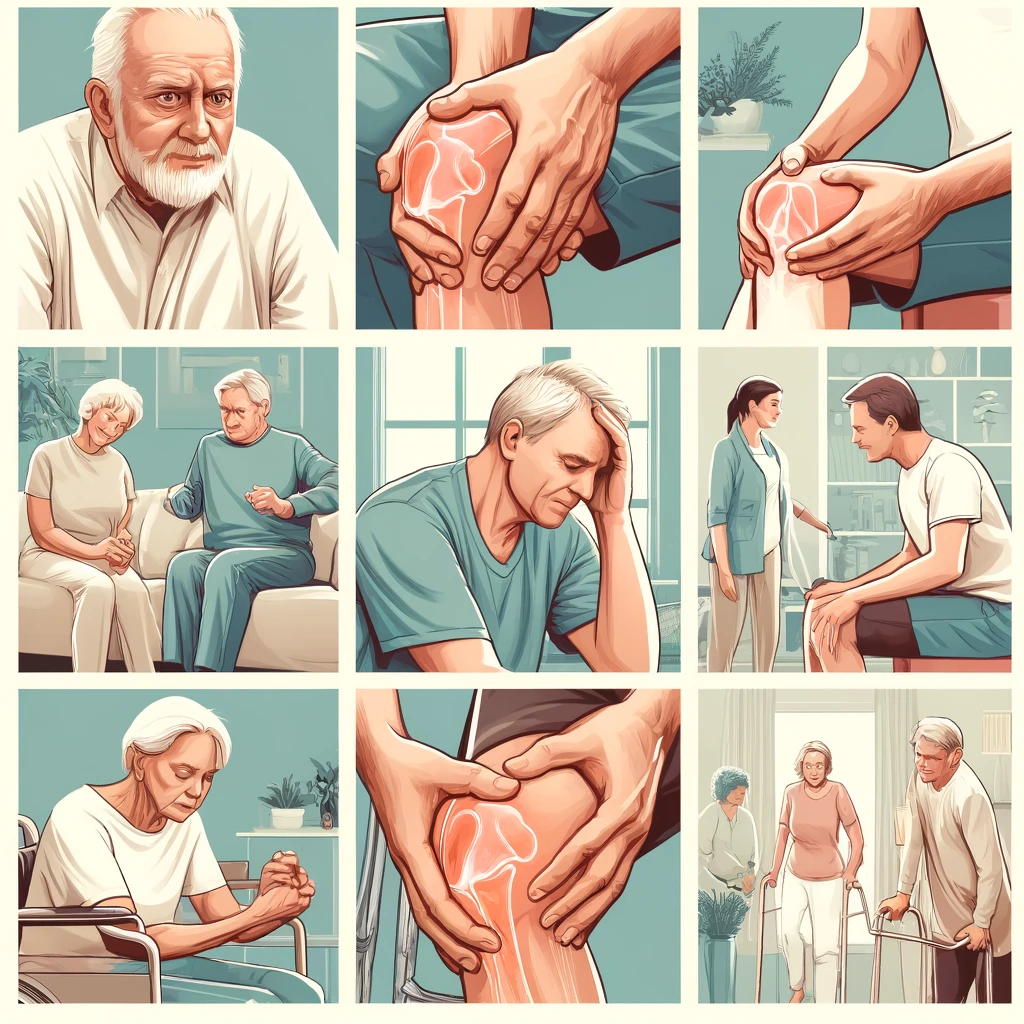
Arthritis affects a vast number of seniors, with osteoarthritis being the most common type. This degenerative joint disease causes the cartilage that cushions joints to wear away, leading to pain and stiffness, particularly in the hips, knees, and fingers. While there is no cure for arthritis, its symptoms can be managed through lifestyle changes, physical therapy, and medications. Activities like swimming, cycling, and yoga can improve joint function and reduce pain without exacerbating the condition. Additionally, weight management can significantly relieve pressure on the joints, and heat and cold therapies can help reduce inflammation and pain.
4. Osteoporosis
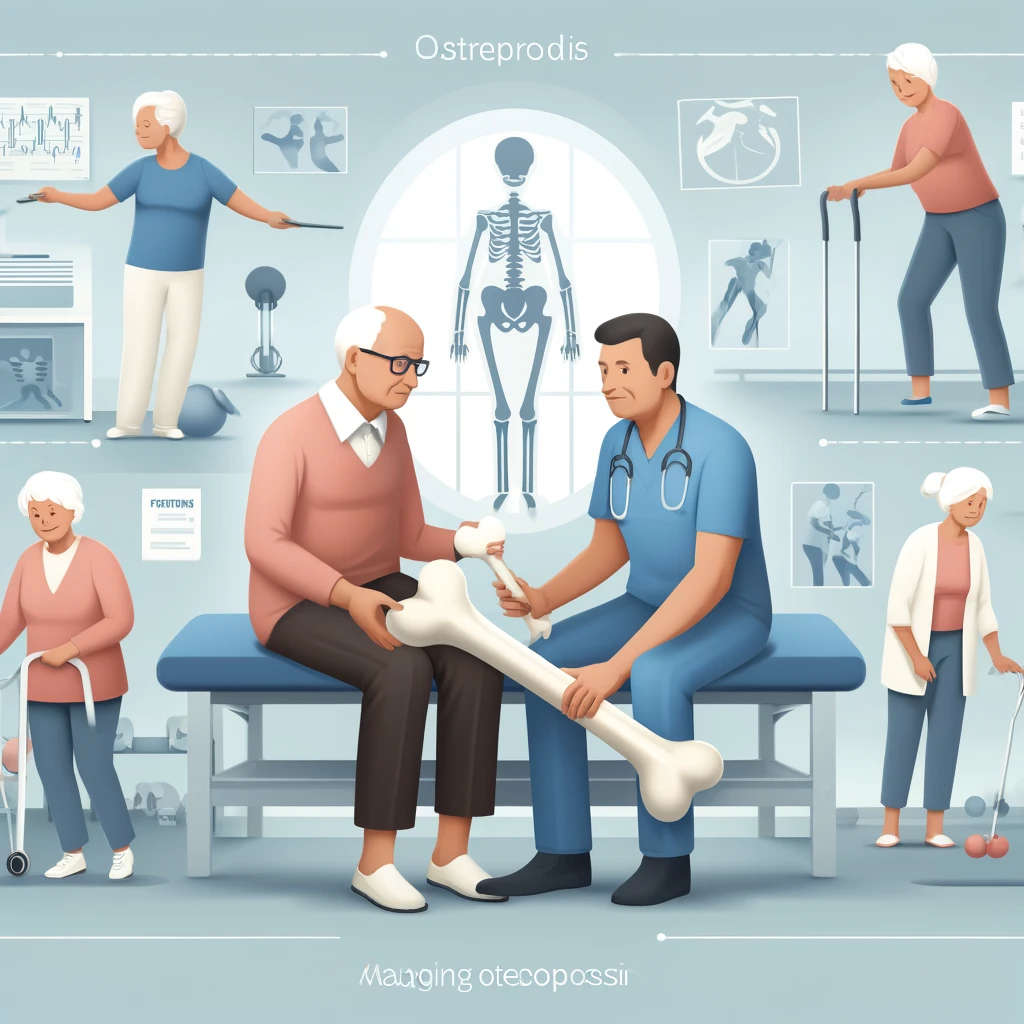
Osteoporosis is a disease marked by decreased bone mass and density, leading to a heightened risk of fractures. It is especially prevalent among senior women but can also significantly affect men. Bone weakening in osteoporosis can result in painful fractures and a reduced ability to perform daily activities. Preventative measures include a diet high in calcium and vitamin D, regular weight-bearing exercises to stimulate bone growth, and lifestyle modifications such as quitting smoking and reducing alcohol consumption. Medications may also be prescribed to slow bone loss and promote bone strength, critical in maintaining mobility and independence in seniors.
5. Respiratory Diseases

Chronic respiratory diseases, such as Chronic Obstructive Pulmonary Disease (COPD) and asthma, are prevalent among seniors. These conditions cause breathing difficulties, wheezing, and frequent lung infections. Factors like a history of smoking, environmental pollutants, and genetic predisposition can increase the risk. Management typically involves quitting smoking, avoiding air pollutants, regular use of prescribed inhalers, and pulmonary rehabilitation exercises to strengthen the lungs. Vaccinations for flu and pneumonia are also recommended to prevent complications.
6. Alzheimer’s Disease

Alzheimer’s disease is a progressive neurodegenerative condition that affects memory, thinking, and behavior. It is the most common form of dementia among older adults. Symptoms gradually worsen over time, affecting daily living and independence. While there is no cure, treatments include medications to delay symptoms’ progression and therapeutic strategies to manage behavioral changes. Creating a supportive and safe home environment, along with cognitive therapies, can also help manage the impact of Alzheimer’s.
7. Cancer

Cancer risk increases with age, with common types affecting seniors including breast, prostate, lung, and colorectal cancer. Early detection through regular screenings is critical for effective treatment. Treatment options vary by cancer type and may include surgery, chemotherapy, radiation therapy, and hormone therapies. Lifestyle factors such as a balanced diet rich in fruits and vegetables, regular exercise, and avoiding tobacco and excessive alcohol can also play a role in cancer prevention and recovery.
8. Stroke
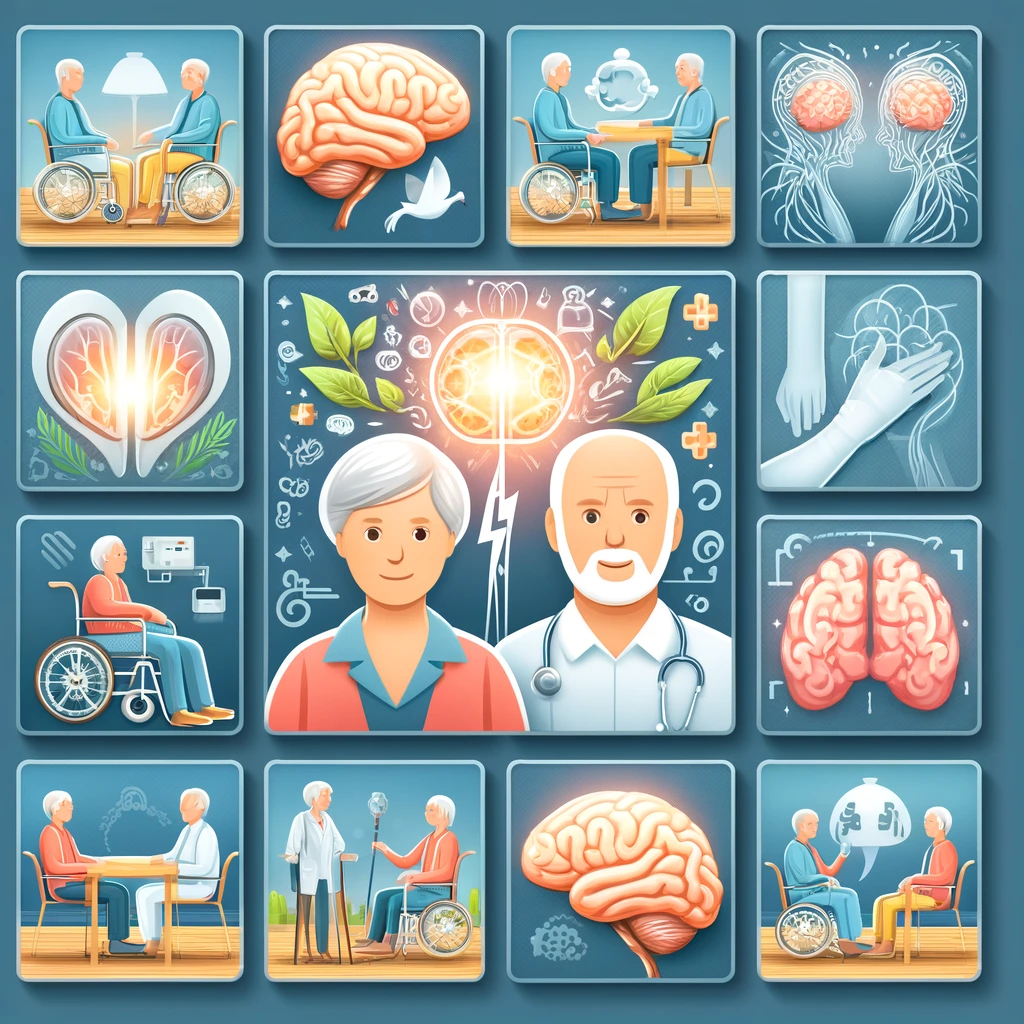
A stroke occurs when the blood supply to part of the brain is interrupted or reduced, preventing brain tissue from getting oxygen and nutrients. Strokes can lead to permanent neurological damage, complications, and disability. Prevention strategies include managing key risk factors, such as controlling high blood pressure, managing diabetes, maintaining a healthy weight, and engaging in regular physical activity. Rehabilitation post-stroke may involve speech therapy, physical therapy, and occupational therapy to regain as much independence as possible.
9. Parkinson’s Disease

Parkinson’s disease is a progressive disorder of the nervous system that affects movement. Symptoms start gradually, sometimes starting with a barely noticeable tremor in just one hand. Tremors are common, but the disorder also commonly causes stiffness or slowing of movement. There is no cure for Parkinson’s, but various medications can provide significant relief from the symptoms. Additionally, physical therapy and occupational therapy play vital roles in maintaining mobility and improving quality of life.
10. Depression

Depression is a common but serious mood disorder that can significantly impact an elderly person’s ability to function. Symptoms may include persistent sadness, lack of interest in previously enjoyed activities, withdrawal from social interactions, and difficulty sleeping. It is often underdiagnosed and undertreated in the elderly. Treatment options include medications, psychotherapy, and lifestyle interventions, such as increased physical activity and social support networks to help reduce feelings of isolation.
How to Stay Healthy Despite All These Chronic Diseases as You Get Older
Maintaining your health as you age, especially with chronic conditions, can be a robust endeavor. Here are effective strategies in bullet points to help seniors manage their health optimally:

- Regular Medical Check-ups: Schedule consistent appointments with healthcare professionals to monitor and manage your conditions effectively.
- Balanced Diet: Embrace a nutritious diet that includes a variety of fruits, vegetables, lean proteins, and whole grains to nourish your body and support disease management.
- Tailored Physical Activity: Engage in physical activities that match your fitness level and mobility to enhance both physical and mental health.
- Mental Wellness: Cultivate mental resilience by participating in social activities, pursuing hobbies, and engaging in cognitive exercises to keep your mind sharp.
- Medication Adherence: Follow your healthcare provider’s advice closely, including taking prescribed medications as directed to optimize treatment outcomes.
- Preventive Measures: Stay up-to-date with vaccinations and preventive screenings to avoid complications and catch potential issues early.
- Community and Support: Lean on family, friends, and community resources for emotional support and practical help managing your conditions.
By following these steps, seniors can lead a more active and fulfilling life, demonstrating that it’s entirely possible to maintain quality of life even while managing multiple health conditions.
Conclusion
Aging gracefully with chronic diseases is both an art and a science. By embracing a proactive approach to health and wellness, seniors can manage their conditions and enhance their quality of life significantly. It’s about making informed choices daily, from following a nutrient-rich diet to engaging in physical and mental exercises tailored to your body’s needs. By staying vigilant with medical appointments and treatments, and fostering strong social connections, you can navigate the complexities of aging with confidence and vitality. Remember, every small step towards a healthier lifestyle counts in building a fulfilling, vibrant senior life.
At The Fitness Help Desk, we are committed to providing valuable information and resources that empower seniors and their caregivers to tackle these health challenges confidently. Our goal is to offer insights that not only educate but also inspire action towards healthier, more vibrant golden years.
About Steve Allison
Steve Allison is not just a personal trainer; he’s a dedicated ally in the journey toward senior health and wellness. With years of experience and a certification from the National Academy of Sports Medicine (NASM), Steve specializes in nutrition and fitness programs designed specifically for seniors. His holistic approach combines physical fitness with nutritional guidance to help seniors manage chronic conditions, improve mobility, and enhance their overall well-being. Steve’s expertise and compassionate coaching style empower seniors to achieve their health goals and live their best lives, no matter their age.










